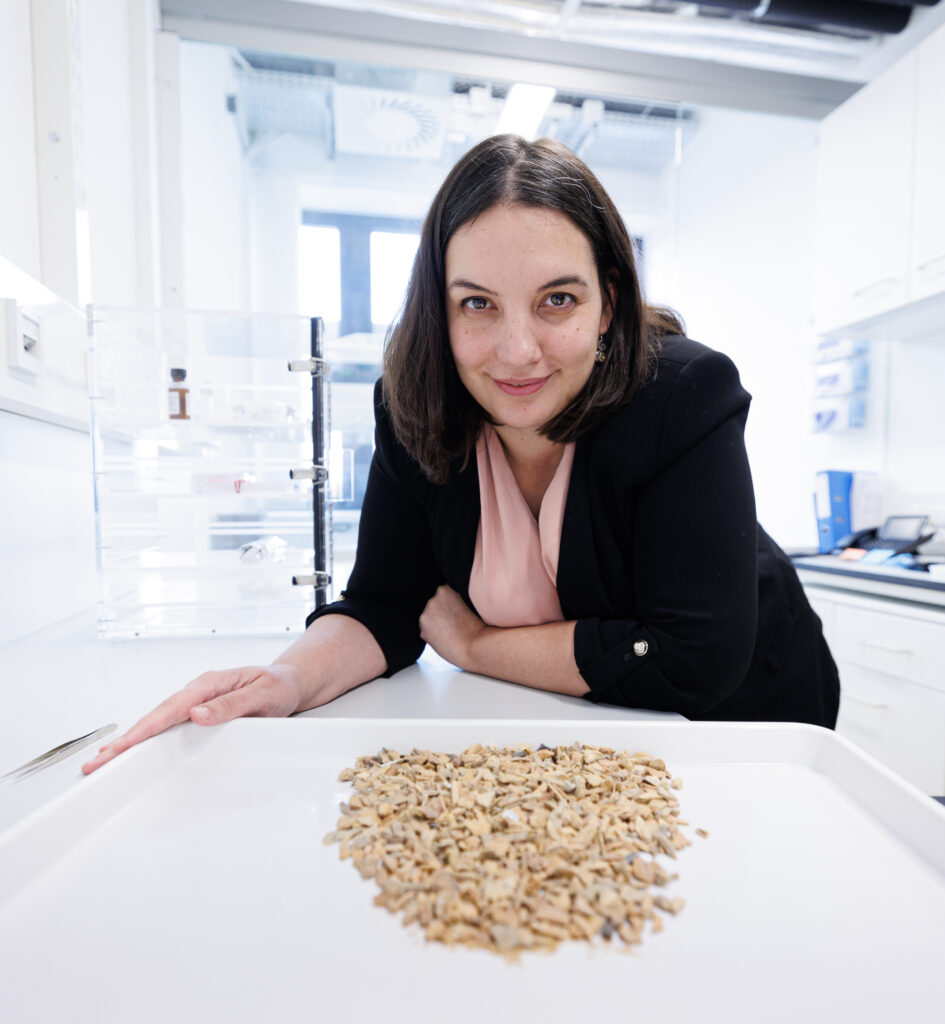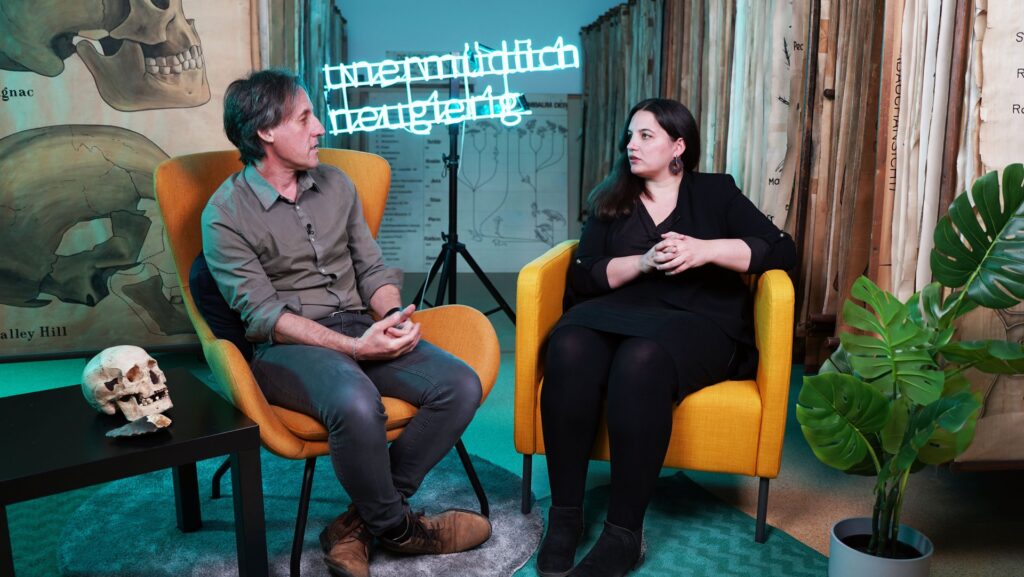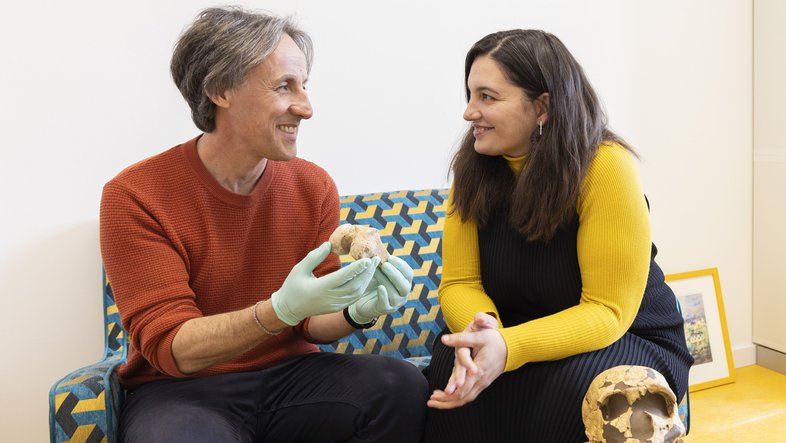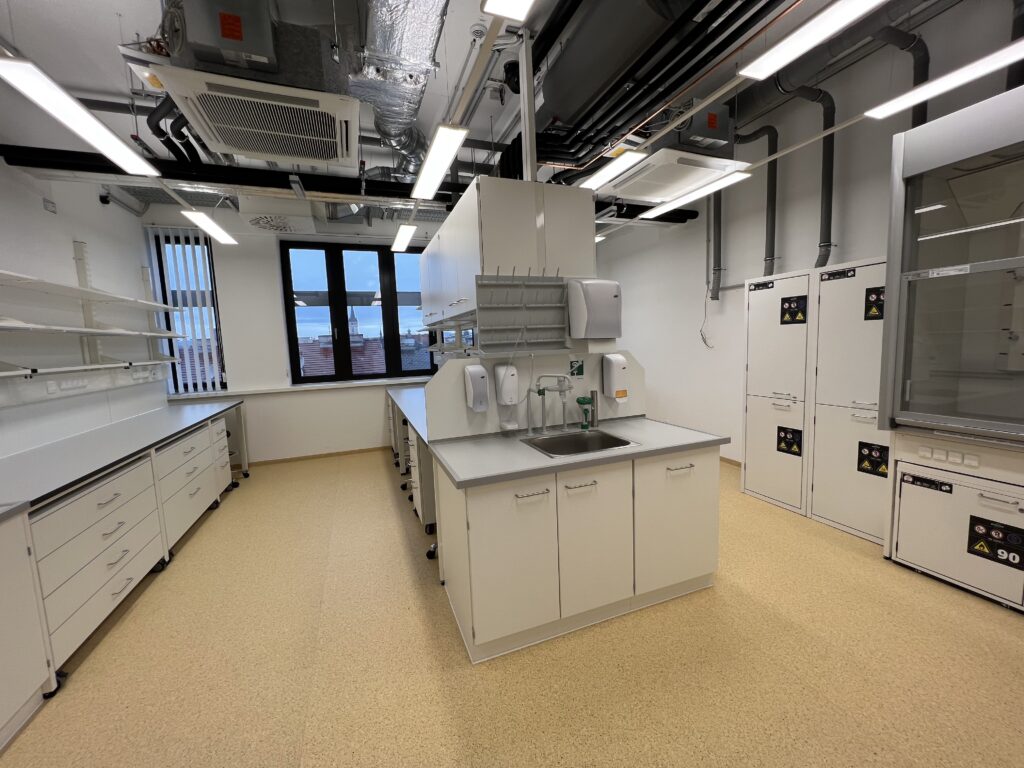NEWs

Katerina Douka awarded ERC Grant
4 December 2024
Katerina Douka, the group’s PI, was awarded an ERC Consolidator grant. The project is called “Tracking the dispersal of humans from the African Rift to the Pacific Rim using biomolecular approaches”, or “RIFT-TO-RIM” for short.
This new research focuses on the discovery and analysis of new early modern human fossils from under-researched parts of the world. State-of-the-art paleoproteomic and paleogenetic methods will be used to screen thousands of archaeological bones, and hundreds of sediment samples for molecular clues. The material will be collected from over 20 archaeological sites in several countries, amongst them, South Africa, Lesotho, Kenya, Ethiopia, Indonesia and Papua New Guinea, dating to between 200,000 and 10,000 years ago.
In addition the team aims at building local capacity for this type of work, that can be used by local researchers independently and for own research projects. More details will be added in the website soon.


What ancient genes tell us about who we are
A new article about Katerina Douka and Tom Higham in the University of Vienna’s science magazine “Rudolphina” covers their approach to solve the great mystery of human evolution: Why are we the only humans left?
Maldi installation
29 March 2022
Our new instrument is here and it took a bit of effort to squeeze it in the lift and then push it up and into position (it weighs a mere 400kg), but it all worked out in the end! It is a new generation Bruker MALDI-ToF Mass Spec that will allow us to process in-house thousands of samples per year and for a large number of projects.
More updates will follow soon, but for now, enjoy the clip!

New labs handover
4 February 2022
The University Biology Building (UBB) of the University of Vienna is a major investment of the University towards the unification of the Faculty of Life Sciences. We arrived in the building as it’s opened its doors to 500 members of staff and nearly 5000 students.
The Palaeoproteomics labs, shared with the Radiocarbon group of Tom Higham, consist of a large wet chemistry main lab, a “dirty” room for sampling and storage, and an instrument room.
The modifications finished in February 2022 and we are now ready to receive the first equipment orders.